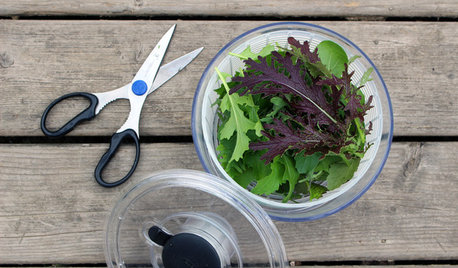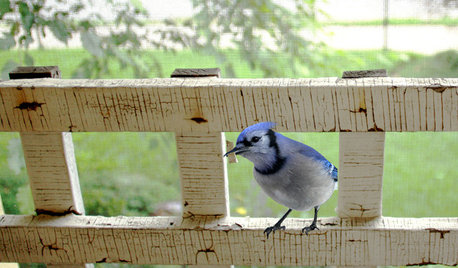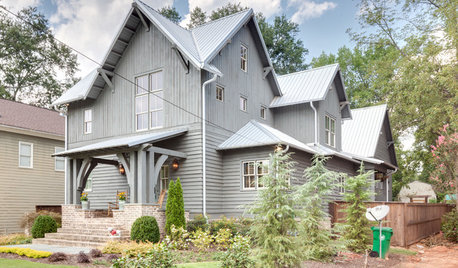New yard, need some help.
User
9 years ago
Related Stories

CURB APPEAL7 Questions to Help You Pick the Right Front-Yard Fence
Get over the hurdle of choosing a fence design by considering your needs, your home’s architecture and more
Full Story
GARDENING AND LANDSCAPINGBocce, Anyone? Toss Some Popular Games Into Your Yard Plans
Score points for entertaining with a yard set up for lawn bowling, croquet, chess and more
Full Story
FARM YOUR YARDThe 8 Tools That Help Bring the Farm to Your Table
Vegetable gardeners get a big assist from these essential helpers
Full Story
HOUZZ TOURSHouzz Tour: A Modern Loft Gets a Little Help From Some Friends
With DIY spirit and a talented network of designers and craftsmen, a family transforms their loft to prepare for a new arrival
Full Story
GARDENING GUIDES8 Unthirsty Plants Help You Save Water in Style
Spend less effort and money on your landscape with drought-tolerant and native plants that liven up your yard
Full Story
GARDENING FOR BIRDSBackyard Birds: Meet Some Clever and Curious Jays
Boisterous jays provide plenty of backyard bird-watching in winter. Here’s how to identify all the varieties and welcome them into your yard
Full Story
8 Ways Dogs Help You Design
Need to shake up a room, find a couch or go paperless? Here are some ideas to chew on
Full Story
DECLUTTERINGDownsizing Help: Choosing What Furniture to Leave Behind
What to take, what to buy, how to make your favorite furniture fit ... get some answers from a homeowner who scaled way down
Full Story
KIDS’ SPACESCould Your Home Help Your Kid Be an Olympian?
Looking to nurture a future sports star or just get your kid up and moving? Take some coaching from these homes
Full Story
FARMHOUSESHouzz Tour: Some Old Tricks for a New Atlanta Farmhouse
A ‘pretend story’ helped this builder create a new farmhouse that feels like it was added onto over several generations
Full StoryMore Discussions







yardtractor1
UserOriginal Author
Related Professionals
New Bedford Landscape Architects & Landscape Designers · Eden Prairie Landscape Architects & Landscape Designers · Ilchester Landscape Architects & Landscape Designers · Annandale Landscape Contractors · Davidson Landscape Contractors · El Segundo Landscape Contractors · Huntley Landscape Contractors · Lake Zurich Landscape Contractors · Live Oak Landscape Contractors · Ocoee Landscape Contractors · Ponte Vedra Beach Landscape Contractors · Red Oak Landscape Contractors · Saint Paul Landscape Contractors · Stony Brook Landscape Contractors · New Carrollton Landscape Contractorsbeckyinrichmond
yardtractor1
lazy_gardens
beckyinrichmond
UserOriginal Author
yardtractor1